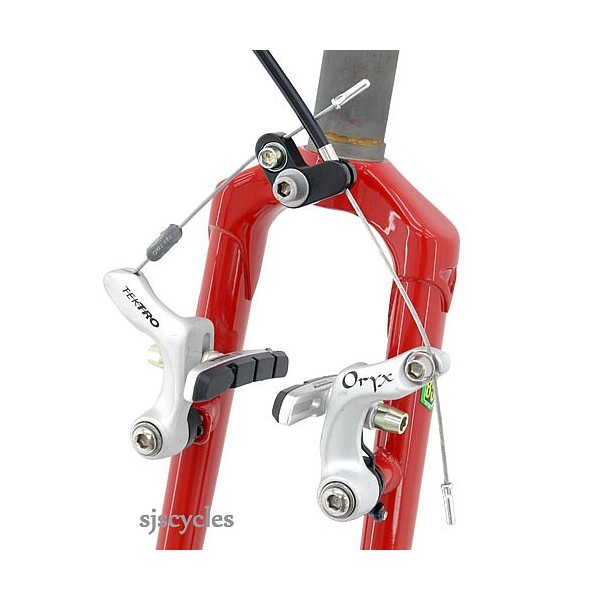I have bought an old mtb with cantilever brakes. Front has regular yoke and works just fine.
Problem is in the rear, where there's a Power Hanger bolted into the frame just above the tire. It looks like that: 
only not on the fork.
Brakes are very soft, movement of pads is uneven, they are unable to lock the wheel no matter what.
I'm wondering if this hanger is properly mounted, should it move while braking or should it be bolted tight?
I can't imagine how this device would work. I already found that it's based on a bell crank but I can't see how it applies to braking. How, physically, would movement of one arm cause the other to get closer to the rim?
